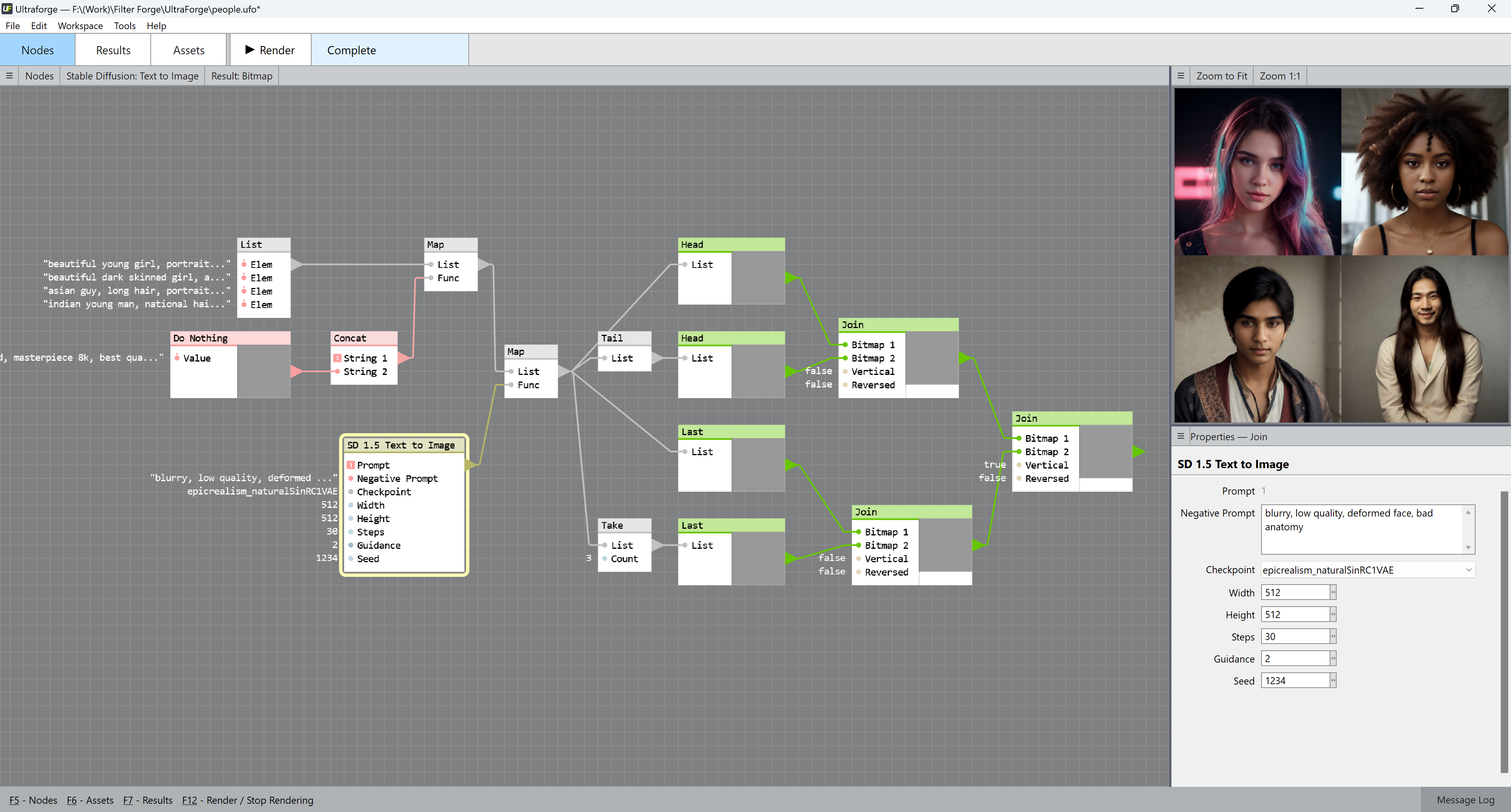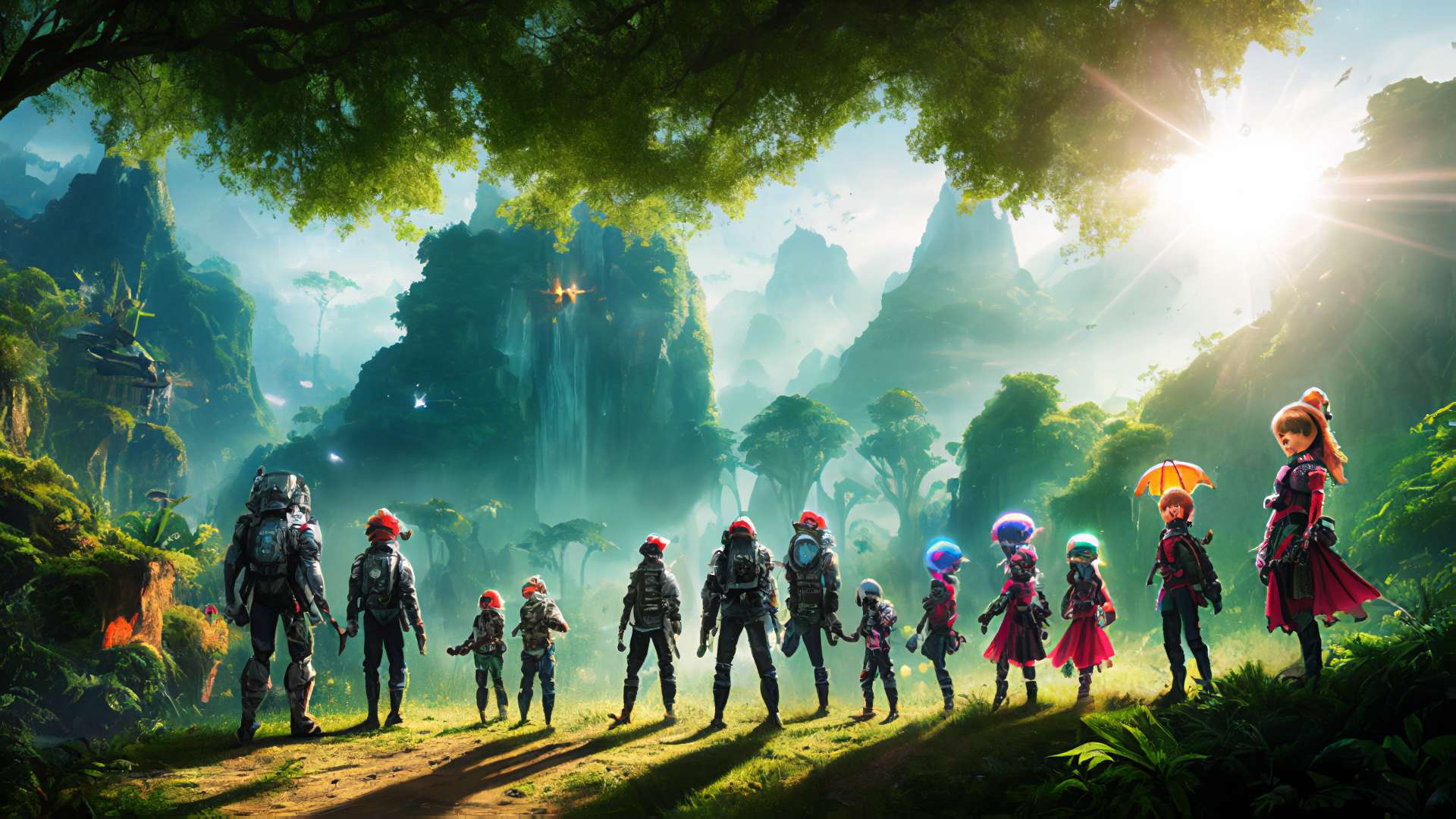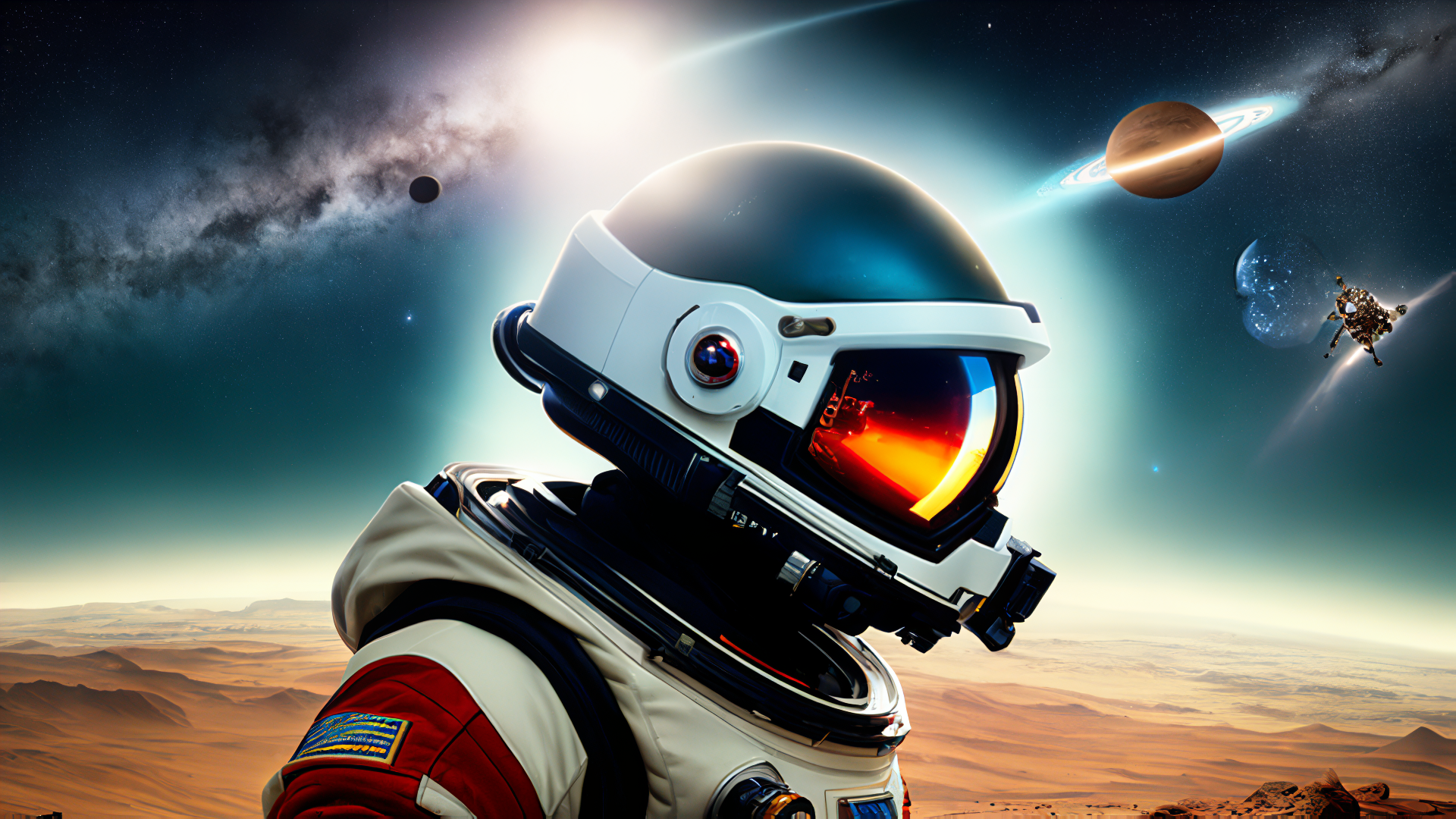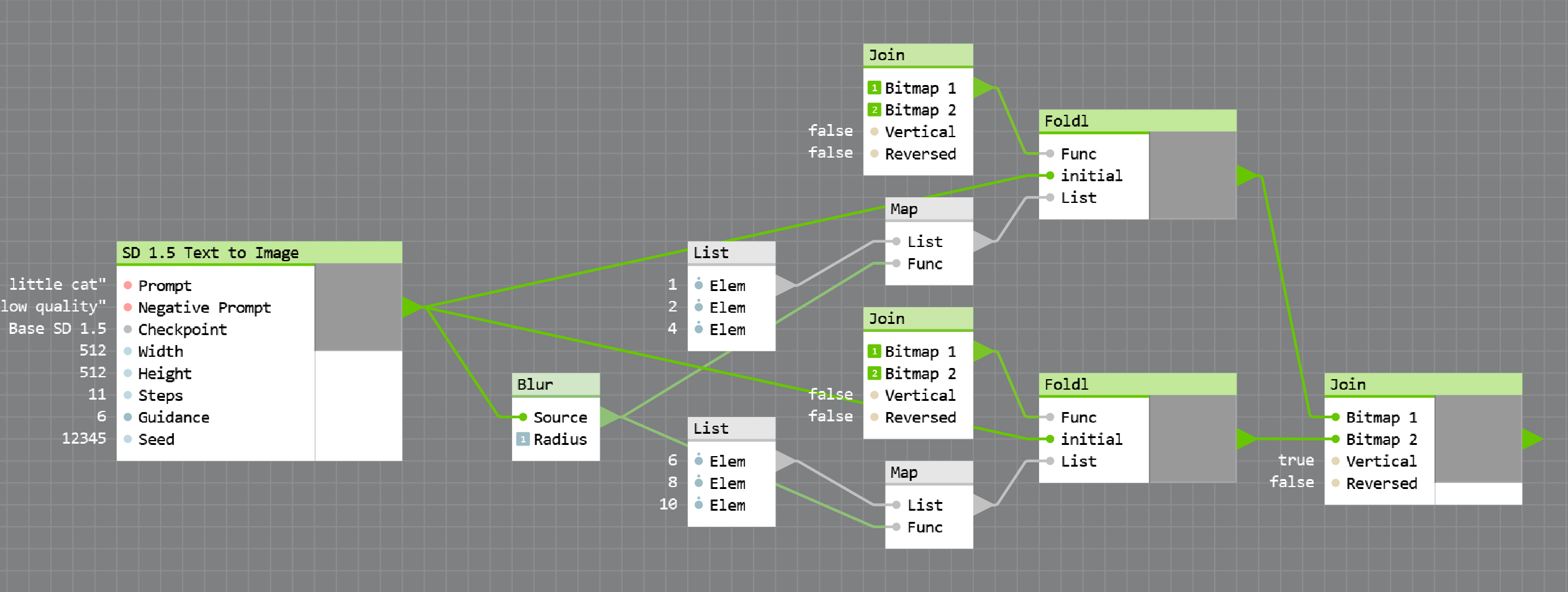Ultraforge is a powerful node-based environment for image generation and processing. The basic idea of Ultraforge is simple — you import images or generate them from scratch, then pass them through image-processing nodes to produce a desired result. The real power of Ultraforge lies in the AI-powered image generation nodes based on Stable Diffusion.
Try Ultraforge Right Now, No Registration Required
We offer a free 30-day fully-functional trial version — you're welcome to download and check it out before purchasing.
Order Ultraforge Now!
Do you feel Ultraforge is worth is price? Don't hold back: order your copy now, prices are subject to change!
Generative AI
The key feature of Ultraforge is image generation and alteration nodes based on Stable Diffusion AI algorithms. If you're not familiar with it, it's pure magic — it creates images based on your description. The Text-to-Image node takes a text prompt (can be constructed programmatically) and outputs a bitmap corresponding to that prompt. The Image-to-Image node takes an image and a text prompt and alters the source image based on the prompt, for example a mundane photo can be turned into an anime background. Ultraforge supports custom checkpoints and LoRA modules that refine image generation and increase image quality.
AI Image Upscalers
340x340 px
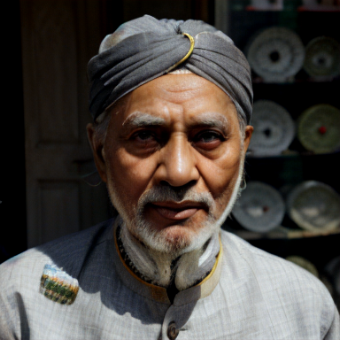
1360x1360 px, RRDBNET
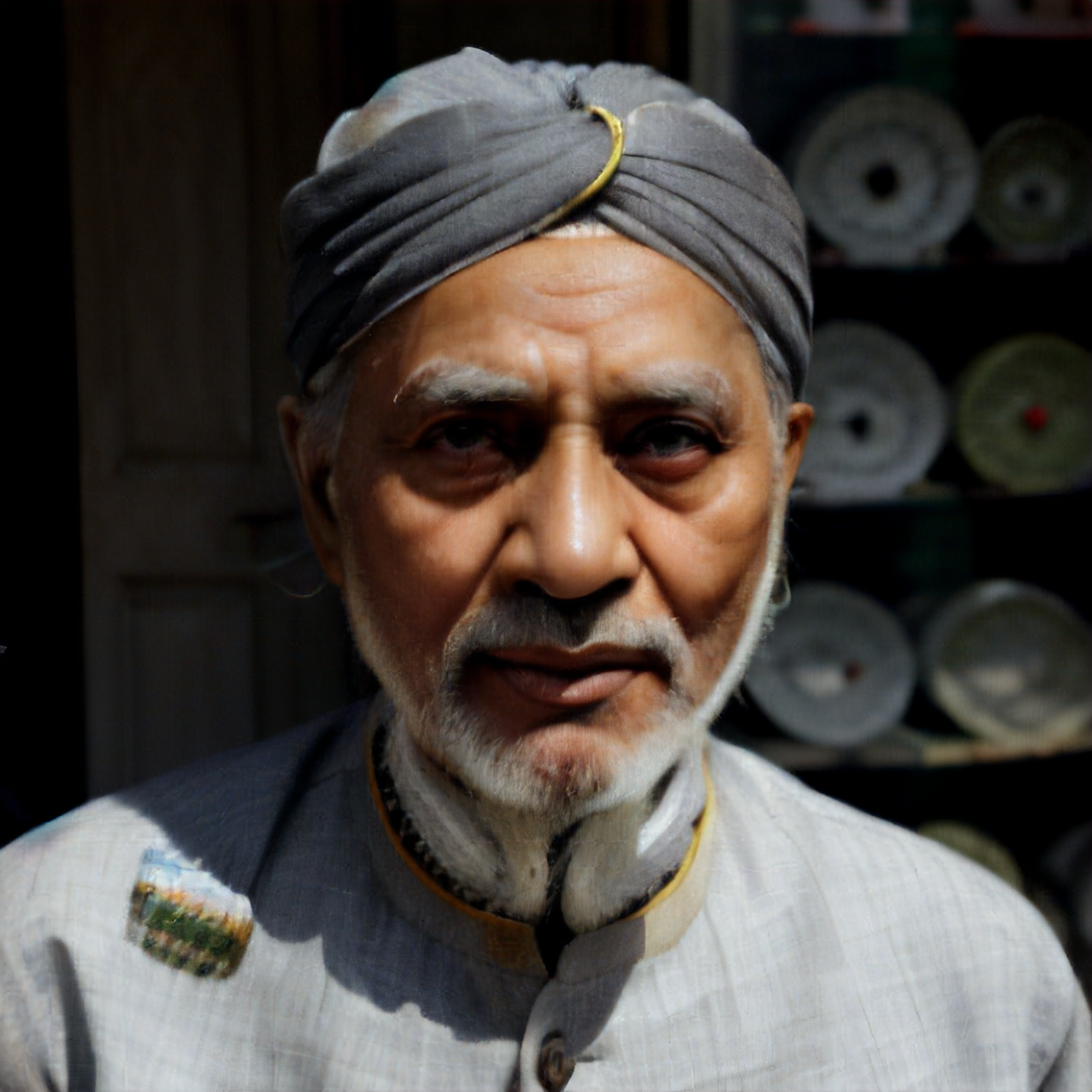
1360x1360 px, SRFormer
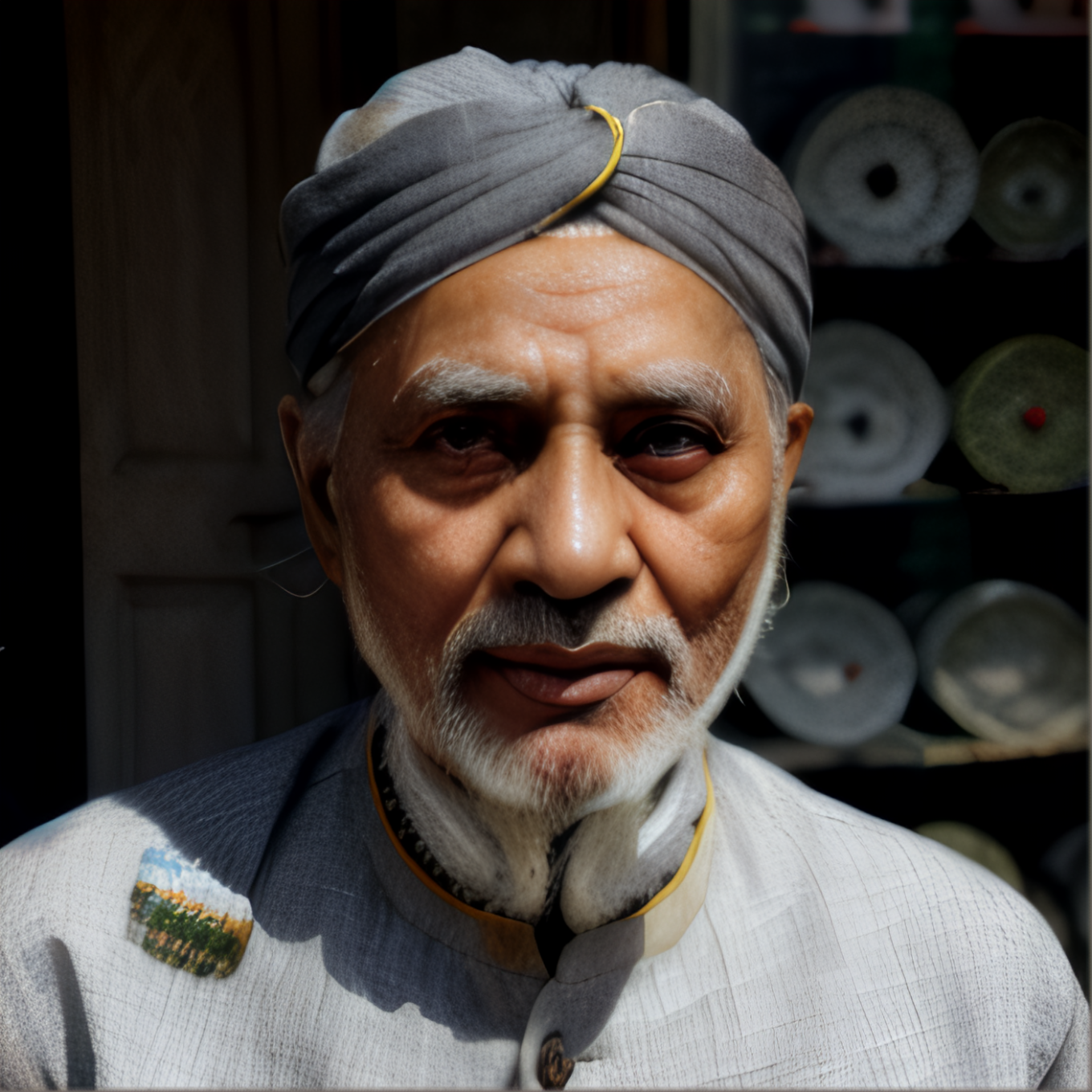
Another major Ultraforge feature is image upscalers that can resize a smaller image without losing quality. Unlike traditional upscaling methods that rely on simple interpolation techniques without adding any additional detail, resulting in blurry and pixelated images, AI upscalers produce a more accurate and visually appealing result. Ultraforge upscaler nodes increase the source image dimensions by 4, so a 512x512 source image processed by an upscaler will produce a 2048x2048 result.
Node-Based Programming
In addition to that, Ultraforge features a library of nodes for generating and processing bitmaps, such as Blur, Crop, Flip, or Invert Image. If you've worked with Filter Forge's filter editor, you'll feel right at home. And there is more to that: Ultraforge includes many nodes for general node-based programming, such as string, boolean, and numeric operations, list processing, and much more.
Offline Desktop App, No Clouds
Ultraforge is implemented as an old-school, native, offline desktop app. This means that the workflow will be familiar to anyone who works with native apps such as Blender. Everything runs on your local computer, no data is sent to any servers. Take advantage of faster response times, increased privacy, and the ability to work offline!
Since everything runs locally you need a modern video card with 8GB of VRAM or better to run Ultraforge.
Ultraforge vs Filter Forge
Ultraforge and Filter Forge are similar in concept. Both products are image-processing tools, both can generate textures and effects, and both are heavily node-based. However, they are different products, with different strengths and weaknesses that don't always overlap. If you want the best of both worlds, you'll need both:
Ultraforge:
- Orders of magnitude better than FF at visual programming
- Supports GPU acceleration
- Supports generative AI (text-to-image, image-to-image)
- Supports pixel bitmaps (for generative AI and general image-processing)
- Has nodes for numbers, booleans, and strings (useful for generative AI)
Filter Forge:
- A richer library of nodes for creating seamless procedural textures
- Can generate PBR textures (UF cannot — yet)
- Large online filter library (14000 filters)
- Photo effects are easier to create and apply
- Has a Photoshop plugin.
Learn More
Interested in more details? We've got a comprehensive guide on generating, altering, and upscaling images in Ultraforge, as well as instructions on using custom AI checkpoints and LoRAs. Check out the guide.
